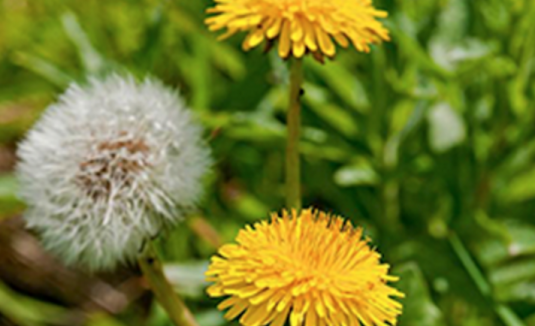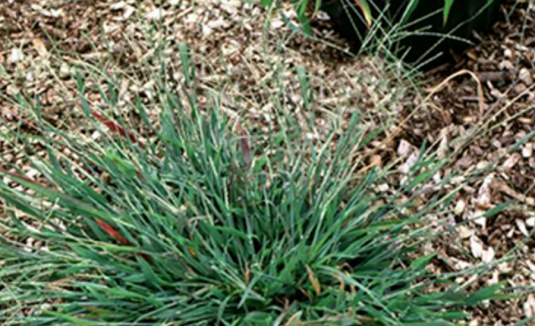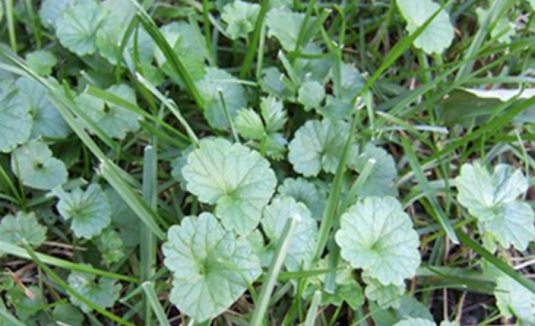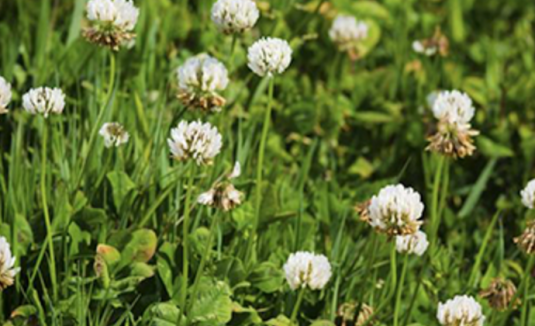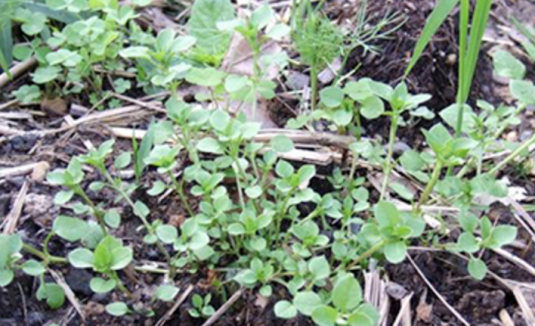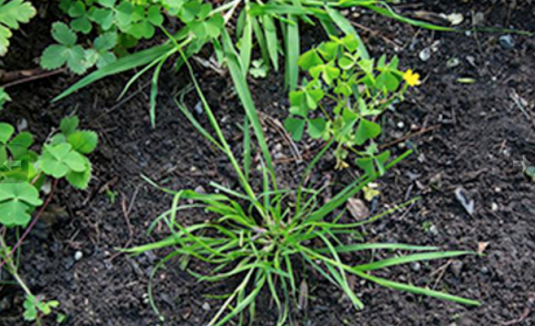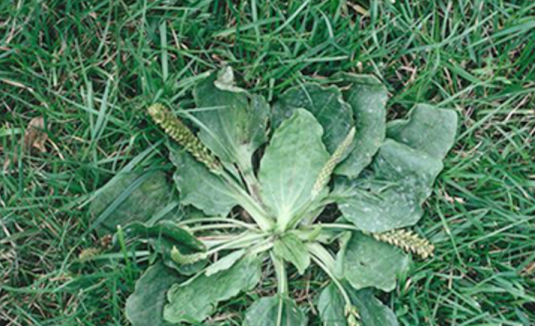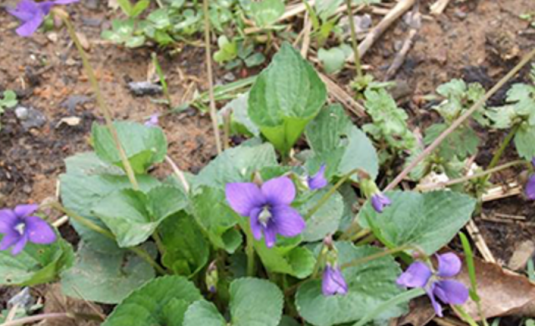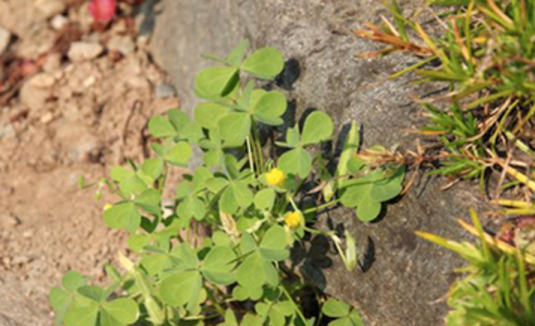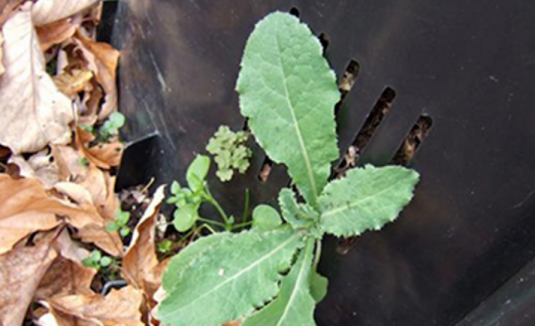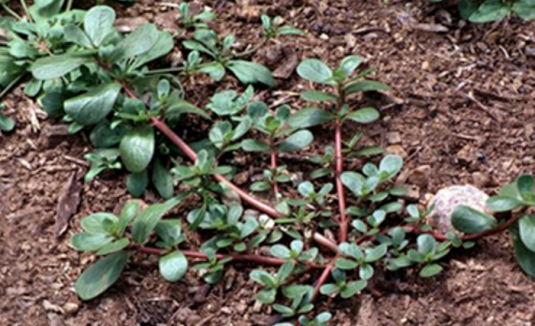Weed Management
GoldenRule’s integrated weed management is part of our GoldPlan Lawn Care. Ultimate success against noxious weeds or any undesirable pest, is what GoldenRule is determined to provide. Our treatment combines four control solutions for lawn noxious weeds, as we strive to control the problem without using unnecessary chemicals.
- Cultural Control – take care of the originating cause of the weeds
- Organic Control – always look at natural and organic solutions to treat the problem
- Physical Control – sometimes instead of spraying the entire lawn, all you need is to cut out the problem manually (no chemicals needed)
- Substance Control – when the weeds have taken over a lawn, we use products that target only the current weeds. We always look out for what matters most, your family! (including pets)
By combining these four control methods we are able to not only take care of the unsightly weeds and unwanted weedy grasses, we are able to do it with the least impact to the environment.
Weed management in landscape plantings is often made difficult by the complexity of a variety of plantings, including a mix of annual and perennial ornamentals. The great diversity of ornamental grass species, soil types, slopes, and mulches creates the need for a variety of weed management options. There are also considerations regarding public concern about the use of chemicals to control weeds and their effect on water quality if the herbicide moves offsite through runoff. The choice of a specific weed management program depends on the weeds present and the types of turf or ornamentals planted in the area. Due to all of these factors, weeds in landscape plantings are usually controlled by a combination of non-chemical and chemical methods.
Weeds thrive when your lawn is week. They can grow in soil that is too dry or too wet, in thin areas, or in underfed grass. If you keep your lawn healthy with the proper annual treatments, then weeds will have a more difficult time growing.
Our team of dedicated experts and professional spraying equipment provide the necessary tools to take care of your lawn’s needs to stay on a healthy track.

